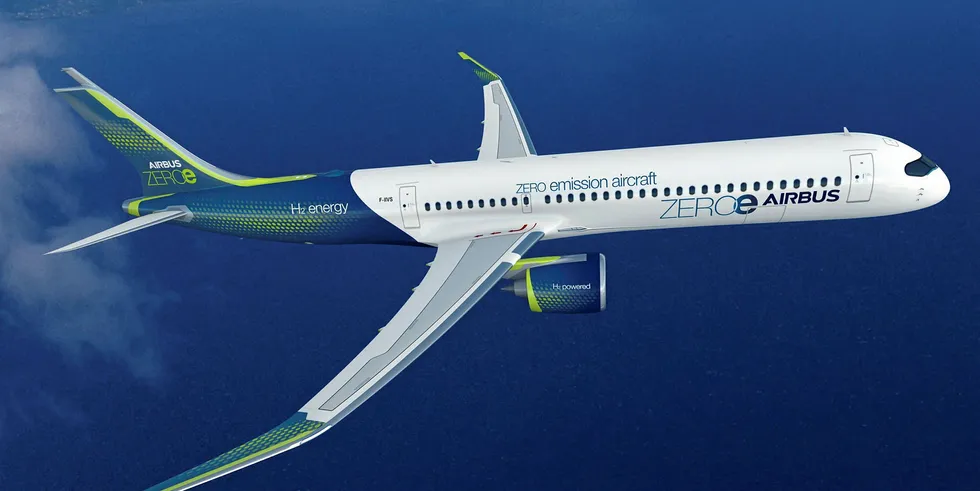Blue skies: Airbus plans for hydrogen-powered passenger jet by 2035
European aerospace giant unveils three possible concept aircraft dubbed ZEROe that fly on a combination of hydrogen combustion and H2 fuel cells

European aerospace giant unveils three possible concept aircraft dubbed ZEROe that fly on a combination of hydrogen combustion and H2 fuel cells
